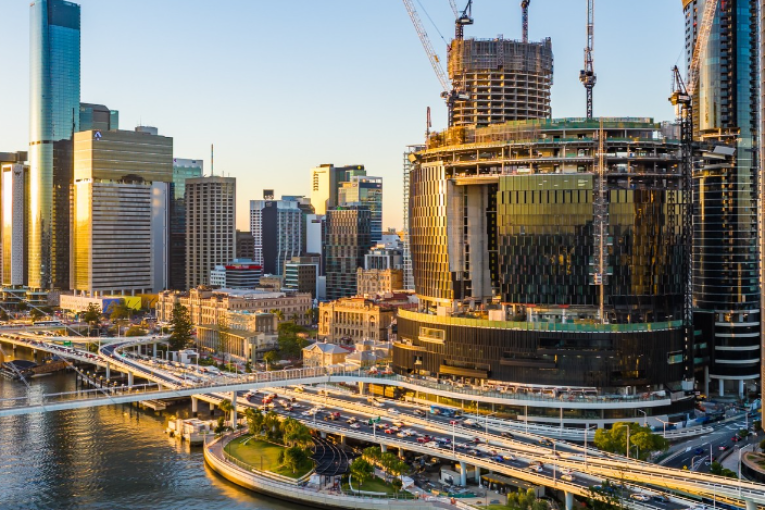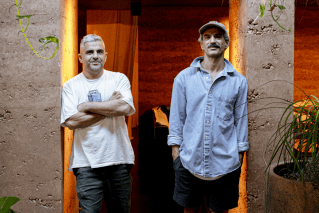From super-commuters to tele-commuters – the changing geography of our complicated working lives
Once limited to a choice between working from home or from the office, modern working life can be situated just about anywhere, writes Shane Rodgers.


Up to half of women in the workforce are considering a career change. (File image)
There is an old joke in which a pilot is asked to radio in his height and location. He replies: “180cm, in the front of the plane”.
At a time when the fundamentals of how we live and work are being reassessed, the joke is a lot less funny.
The very nature of location and the influence of geography is changing.
Before the pandemic we had entered an era of “super-commuting”. According to Australian Bureau of Statistics Census data, back then more than 150,000 people were living in a different state than they worked (up from 130,000 in 2011 and 30,000 in 2006).
In 2016, nearly 178,000 Australians said they were travelling more than 250km from their home to their place of work. Little wonder that Brisbane-Sydney and Sydney-Melbourne air routes were among the busiest in the world.
In his book Microtrends, US researcher Mark Penn said the United States had more than 3.5 million “computer couples”. These were happily married Americans who lived in different cities and kept their relationships alive through electronic communications and regular catchups.
In Australia, the super-commuting trends were linked to a variety of forces. These included the availability of regular, efficient air transport, the desire to take work promotions and opportunities without having to move (and take children out of school) and the acceptance of increased “fluidity” in family units.
There were plenty of fly-in, fly-out mine workers in the numbers but the super-commuters were spread across more than 20 occupations, including large numbers of senior executives and professionals.
Then came Covid-19.
For those of us doing national roles in a different state to head office (like me) or doing a seachange-treechange relocation, there has been a fast-track to a far greater use of what (in the analogue age at least) we called telecommuting.
We are becoming so adept at conducting business by Zoom, Teams or Skype that location is losing its relevance. On video we are geographically agnostic.
In this sense, the idea of hybrid working is not just about whether workers make a choice between working at home or the office. It is more an issue of whether it is viable to work from literally anywhere.
If someone asked me in a Census question where my job was based, I would struggle to answer. I live in Brisbane. Most of the people who work in my department live in Sydney and Melbourne. The question has become more complex.
As we move further into this new era, we will all have to grapple with the question of whether a virtual office environment is truly sustainable.
In the past two years we have seen plenty of people who have joined companies without meeting any of their colleagues in person. In some cases, they have taken a job and moved to the next one without any in-person connection.
This situation raises some fundamental questions about our working life:
What role does real person-to-person contact play in corporate success and career skills building (particularly for young people on a steep learning curve)? Should we all be getting back on planes so regularly? Are so many video meetings bad for our health and our fatigue levels?
Given the state of the labour and skills market, will we just need to adopt “work from anywhere” to attract and keep the right skills to keep our businesses running?
We are in early days as far as having adequate answers for these questions. The so-called “Great Resignation” seems to be fuelled by many people fundamentally questioning the way they work and live.
In the white-collar world, there is also some clear fatigue around the reduced variety in our video-centric working habits and the need for change to freshen things up.
Demographer Bernard Salt has described a new trend of people “taking their job to where they want to live”. This is very different to our tradition of living where the job is located or super-commuting to the geographical map marker where someone has put our desk.
This new environment brings exciting opportunities for people to transform their lives and suggests a new era in which geography takes a back seat.
It will also require some very open-minded thinking in the corporate environment and the need for a level of flexibility that messes with our well-worn (worn-out?) workplace norms.
Shane Rodgers is a Brisbane-based business executive, strategist and writer












